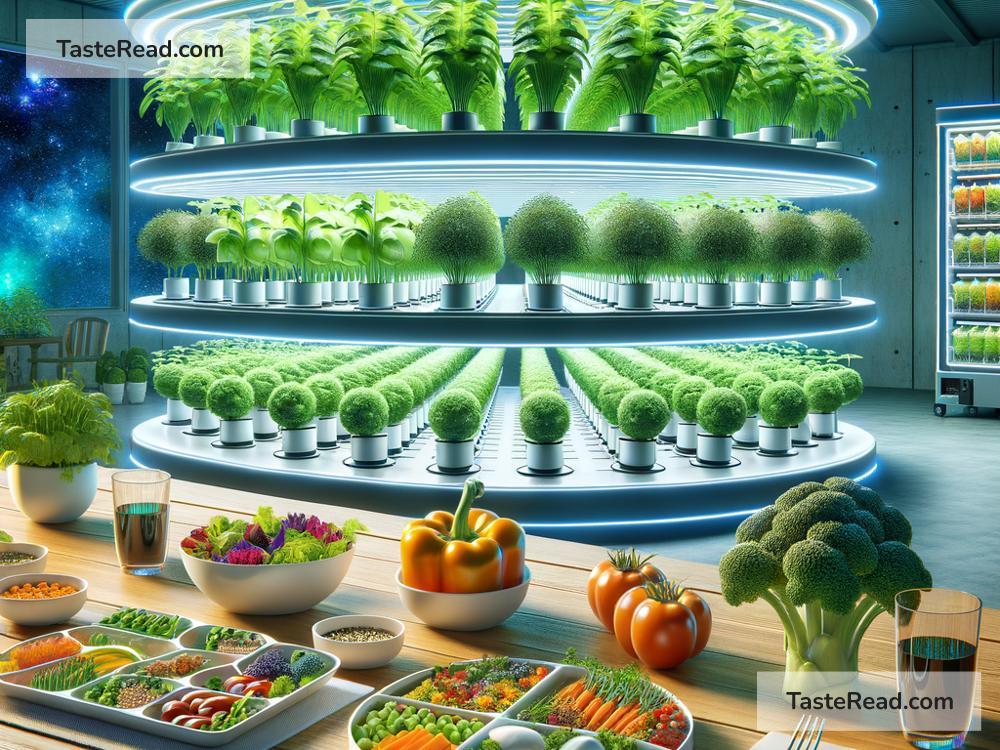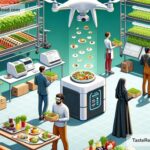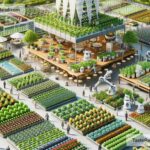The Future of Food and Aging Populations
As the world moves forward, our relationship with food is becoming more important than ever. One key reason for this is the rapid growth in aging populations around the globe. People are living longer due to advances in healthcare, nutrition, and general well-being. But living longer doesn’t always mean living healthier lives. Aging populations have special nutritional needs, and the future of food must adapt to meet these needs.
The Aging Population Boom
In many countries, the number of elderly people—those over 60 or 65 years old—is growing faster than any other age group. This change is what experts call “population aging.” By 2050, estimates suggest that 1 in 6 people around the world will be over the age of 65. Countries like Japan, Italy, and Germany are already experiencing this shift, and many others will follow.
Aging populations bring unique challenges. As people age, they often face health problems like weaker bones, reduced muscle strength, heart disease, and memory loss. Nutrition plays a huge role in managing these issues. It isn’t just about eating enough food—it’s about eating the right food.
Changing Nutritional Needs for Seniors
Older adults have different needs when it comes to food:
-
More Protein for Muscle Health: As we grow older, our muscles naturally weaken. This can make everyday activities harder and increase the risk of falls. Protein-rich foods like eggs, fish, beans, and lean meat can help seniors keep their muscles strong.
-
Vitamins and Minerals: Aging also weakens the body’s ability to absorb certain nutrients. Calcium and Vitamin D, for example, are essential for maintaining strong bones and preventing conditions like osteoporosis. Vitamin B12 supports memory and brain health. Seniors need foods enriched with these nutrients, such as milk, fortified cereals, and leafy greens.
-
Easier-to-Digest Foods: Some seniors may have trouble digesting certain types of food. For instance, fatty or fried foods can upset their stomachs. Softer foods, smoother textures, and smaller portions can help them eat comfortably and get the nutrition they need.
-
Fiber for Digestion: Digestive health tends to decline with age, and issues like constipation become more common. Fiber from fruits, vegetables, and whole grains is key for healthy digestion.
How Advances in Food Can Help
The food industry is evolving to meet these challenges. With aging populations in mind, researchers, scientists, and food companies are creating innovative solutions to improve diets and health for older adults.
Here are some trends and ideas already making an impact:
-
Personalized Nutrition: One exciting development is the rise of personalized diets. Imagine visiting your doctor and getting a health plan that shows exactly what you should eat based on your age, genetics, and health conditions. Using tools like AI (Artificial Intelligence), future advancements can offer customized food solutions for seniors, ensuring they get all the nutrients their bodies need.
-
Functional Foods: These are foods designed to provide extra health benefits. For example, a yogurt might be enriched with probiotics to improve gut health or vitamins to boost immunity. Functional foods will become increasingly popular for aging populations, helping them prevent and manage illnesses.
-
Plant-Based Alternatives: Many elderly people have conditions like high cholesterol or heart disease, which require low-fat and healthy diets. Plant-based foods like tofu or lentils offer high-quality nutrients without the unhealthy fats found in some animal products. The growing popularity of plant-based diets also helps protect the environment, creating a win-win for seniors and the planet.
-
Fortified and Easy-to-Consume Meals: Ready-made meals and snacks tailored to seniors are becoming more available. These products are often fortified with key nutrients, easy to prepare, and gentle on aging bodies.
-
Technology in Food: Even the way food is grown is changing. Vertical farming, lab-grown meat, and precision agriculture will ensure seniors—and everyone else—have access to fresh, nutritious food, regardless of where they live.
Addressing Social and Economic Barriers
Access to healthy food isn’t just about science and technology. Many seniors live on fixed incomes or face mobility issues. The future of food for aging populations must also address affordability, accessibility, and education.
Governments and communities play a big role here. Subsidized meal programs, grocery delivery services, and nutrition education campaigns can help seniors make better food choices. Social programs will also be essential for addressing isolation and loneliness—factors that often lead to poor eating habits among the elderly.
A Brighter Future
Looking ahead, the future of food holds promise for meeting the needs of aging populations. With constant innovation, food can act as medicine, helping seniors live longer, healthier, and happier lives.
But this future doesn’t happen on its own. Everyone—governments, businesses, scientists, caregivers, families, and even seniors themselves—must work together to make healthy, affordable food a reality for aging populations worldwide.
As we age, we all deserve to enjoy nutritious meals that keep us strong and vibrant. And with smart solutions and care for one another, we can build a healthier future for people everywhere, no matter their age.
Conclusion
The future of food is not just about what’s on our plates—it’s about using food to solve real-world problems. As the number of elderly people grows, the food we create and consume will play a critical role in supporting longer, healthier lives. By investing in technology, nutrition, and community support, we can ensure aging populations around the world thrive in the years ahead. After all, good health begins with good food!


